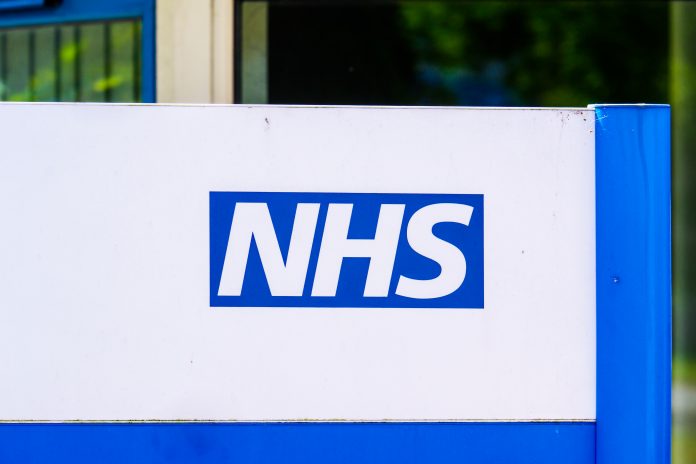Paul Styler, Director of Infrastructure Solutions, ETL, explores the challenges facing NHS Trust to support the build back better agenda
The pandemic has shocked the globe, but also shone a light on the importance of our NHS, and, as a consequence, the state of the assets underpinning front line NHS services. Accordingly, here are some key challenges that the NHS capital regime now face.
Rethinking capital budgets and lack of funding
The pandemic has rocked capital budgets and what we think capital should be targeting. Lack of availability to funding is frustrating an opportunity for a generational change in the way health services are delivered. There is hope things will become clearer when the Autumn statement is announced, however, competing pressure on the public purse and political ideologies may leave the public sector disappointed and looking for innovative ways to support front line services.
It is no wonder that the Prime Minister’s pledge for “40 new hospitals” created a perceived “haves and have nots” economy. Only eight of these hospitals have a real green light with sufficient funding. The rest are still competing for a future golden ticket but there is a lack of programme wide direction or targets and their seed funding is running dry.
Moreover, political will and accounting technicalities have conspired to cap the amount of system capital available and limit access to private sector financing and expertise which could otherwise act as a catalyst for change.
Paired with limited funding is that many NHS Trusts are saddled with managing rising backlog maintenance liabilities, £4.6 million of which is considered high or significant and has risen by 34% in just one year. This means that simply keeping the lights on or the buildings watertight is a challenge for many trusts and capital rationing creates stark executive-level choices that bring the estate up the Board agenda. However, the estate must compete against increasing service demands and rising costs of interventions, limited allocation increases and few means to create new income.
Out with the old: New service delivery
COVID-19 has placed significant pressures upon the entire NHS system, from acute to primary care, community and mental care services, it is no longer an option when it comes to reviewing how these services are delivered. Some research suggests a drift back to old pre-COVID ways is the best-case scenario. It is not clear how the virtual versus face-face balance will play out when we approach normality and therefore what asset configuration should look like. Improvements in the quality and quantity of community facilities arising from the anticipated Cavell programme will take a decade to emerge, and that is only after structural accounting and financial aspects have been resolved. The current localised ICS transformation, with the proposed changes in capital and operational management, present another pause to navigate and risk delaying the adoption of smarter more integrated working across the wider public sector.
Net Zero is on the horizon but where’s the funding?
Achieving Net Zero Carbon targets is not be cheap and, in many cases, there is no funding available for Trusts. Competing for grant funding for capital equipment updates is not the problem however Net Zero specifications add a significant price tag to new build projects and changing operational practices.
Similarly, the adoption of digitisation and modern methods of construction within the development, delivery and on operations phases, come at a cost. These projects require clients to consider procurement strategies, early resource requirements and risk attitude. Very often these cause cost and programme slippage unless early and robustly considered.
So how can a system like this build back better, with the right quality, and in time to satisfy the political pressure upon it?
It is wrong to think that building back better is building back more quickly. Any expectation of ribbon-cutting before the next election should be managed downward. Better is longer-term and getting it right so that the generations to come inherit a system with supporting high-quality assets that have the flexibility to deliver front line and support services. Only when this is achieved will there be lasting and positive societal, economic and environmental impact.
Although, building back better does not always mean building new. At an asset level, investment in the right refurbishments, keeping what is good and adapting and retrofitting can create more bang for the buck. And building back should not stop with the assets that support our public services, it needs to help build more robust and fit for purpose relationships between service providers for more user-centric outcomes. Locality specific ICSs need to be able to tackle local challenges and issues, be they from national trends or local nuances. Local communities, local stakeholders and local services providers need to find a way to build robust and sustainable locality-based solutions to target investment to meet their population health needs. The “system” needs to allow localities the ability to do that, and not impose a one size fits all approach, so whilst it will want governance and probity overlaid to local change, it should not accept a cookie-cutter approach to a UK wide patchwork of differing needs.
However, localities are not necessarily experts, agents or facilitators of change and so the system should provide means to access the capabilities and expertise to allow the future to be shaped, and help to facilitate robust and sometimes innovative solutions, whilst efficiently navigate them through the overarching maze of governance. The development of internal skills and professionalism married to access to external support with a collective track record of supporting and delivering change is vital. The system’s role is to remove the blockers and set the framework for successful consideration and delivery of better outcomes, with the acceptance that different systems may have different approaches to similar challenges.
Nevertheless, the biggest blocker sits at the feet of the system. No amount of clever partnership structuring or joint and collaborative working or commercialisation of asset base or realising of value from surplus estate will solve the challenges facing the healthcare system we hold dear. The country can build back better, but locality leaders need the financial resource to do so. Political sloganeering is great to win the hearts, but as the public sector are expected to deliver on the political promises, the public sector must have the certainty that the money is there to develop and deliver.











